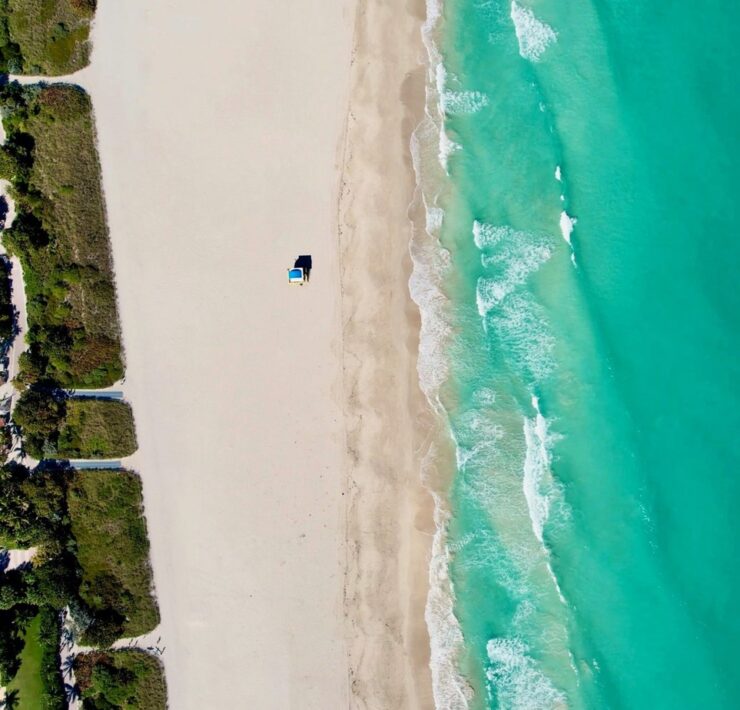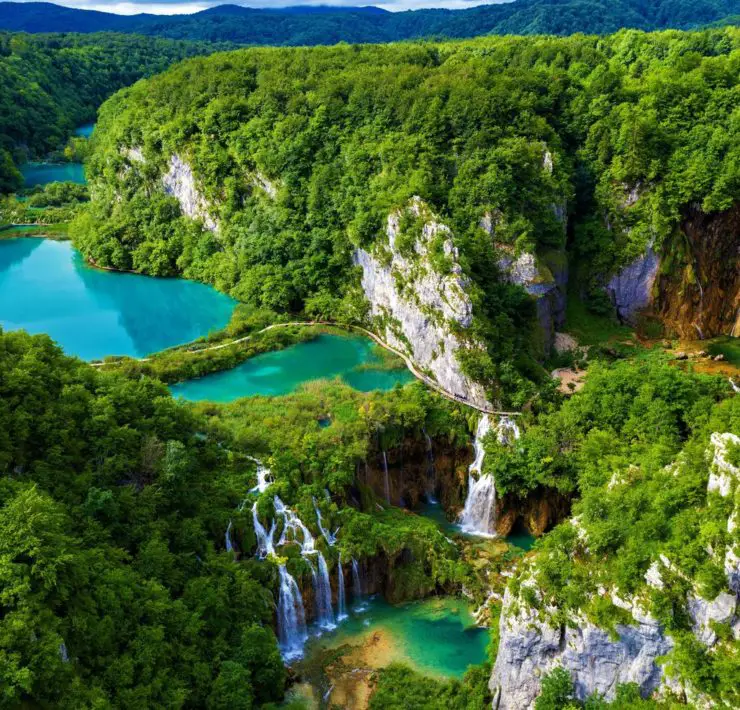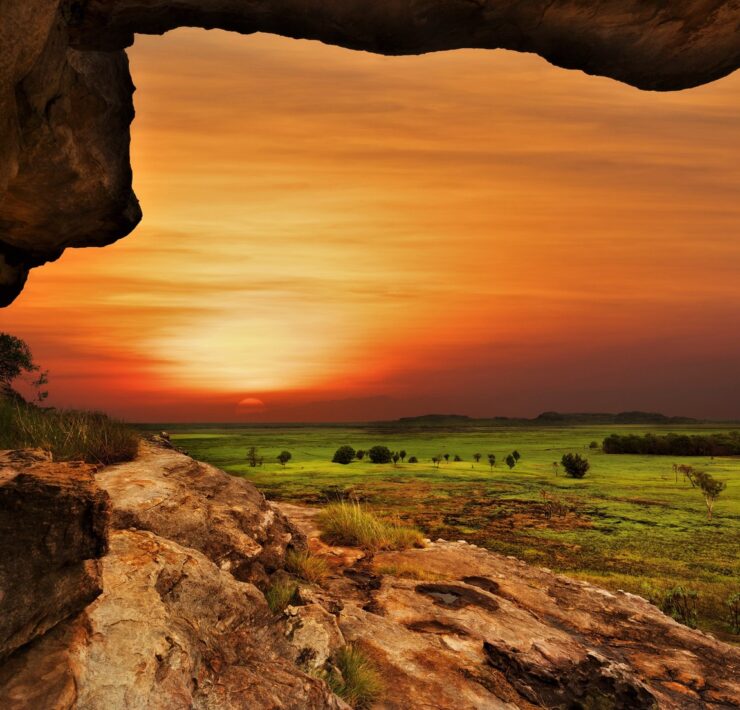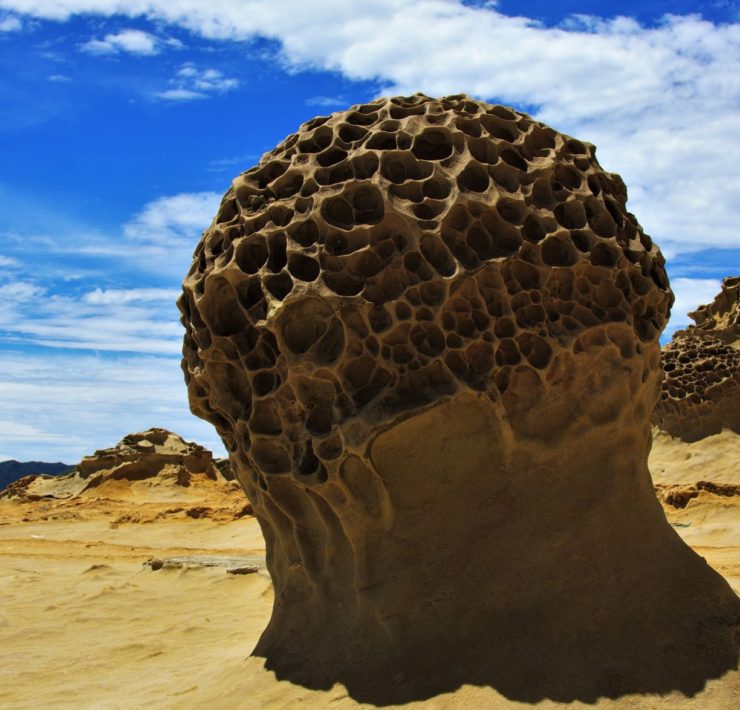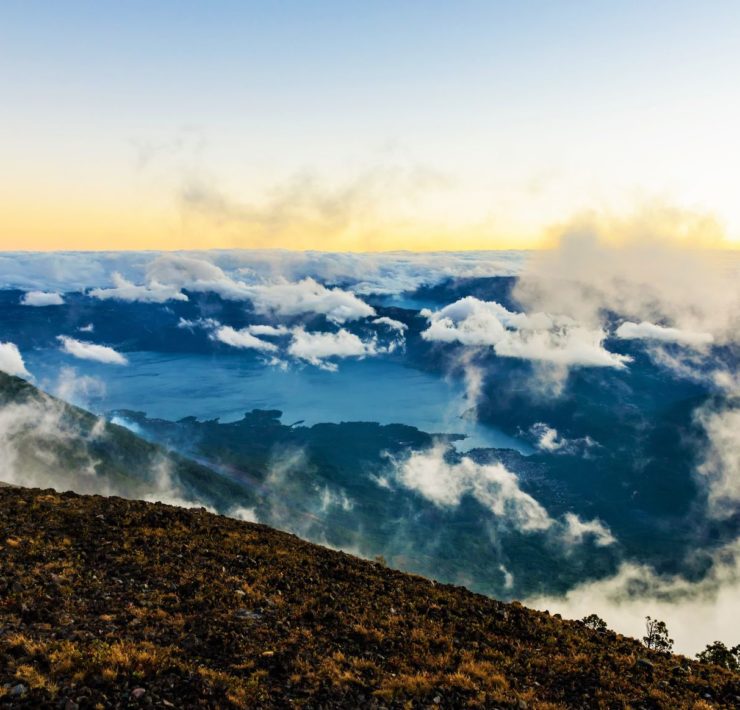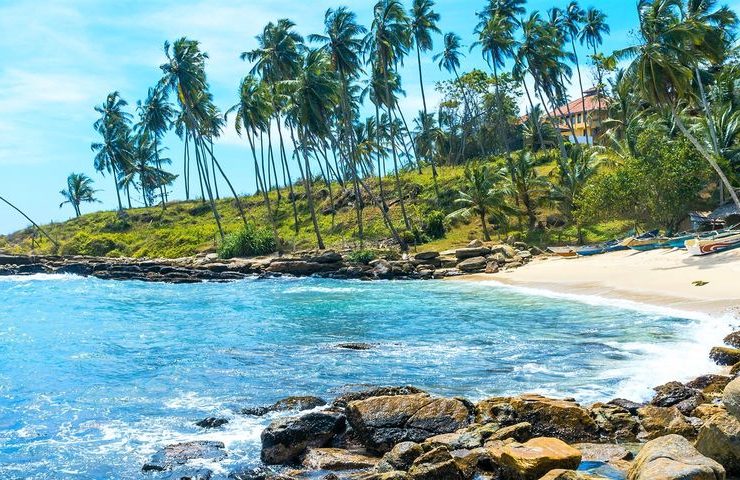Lake Abbe (aka Lake Abhe Bad) is a saline lake, lying on the border between Ethiopia and Djibouti. The Lake is found in the central area of the Afar Depression – a sunken landform forming as a result of the African plate splitting into the Nubian and Somalian plates. This depressions draws water from the African heartland via the Awash River to a chain of six connected lakes, with Lake Abbe representing the final destination for the river.
Although Lake Abbe is the ultimate destination for the Awash River, the dry environment absorbs the water, and the entire area is a vast terrain of salt flats.
Amidst these flat salt flats, the strain caused by the splitting of the Nubian and Somalian plates creates an other-worldly landscape where rising Magma oozes out onto the surface through thin cracks in the dry ground. The intruding magma also causes another interesting above-ground effect by heating underground springs rich in minerals. The heating of the underwater springs causes boiling water to bubble up to the surface, where it deposits dissolved calcium carbonates, creating towering chimneys, some of which can reach heights exceeding 50 meters.
As the magmatic activity suggests, Lake Abbe is surrounded by a number of rift volcanoes. The Largest is the Dama Ali, which is found northwest of the lake and is still active. You can witness fresh black lava flows on the east side of the volcano. Smaller circular domes surround the volcano on the south, north, and west sides, making the landscape resemble the crater-marked surface of the Moon or Mars.
What must be seen in this lake is the towering chimneys that reach up to 50 meters. You can see these heights’ calcium-rich grounds oozing off sulfured steam that adds to Lake Abbe’s otherworldly landscape. In fact, the director Charlton Heston shot his 1968 film “The Planet of the Apes” on the shores of Lake Abbe.
The lake isn’t that deep with an average depth of 9 meters. Fed by the Awash river and seasonal streams, Lake Abbe was once a large lake – larger than what it looks today. The lake surface and water level had shrunk by two-thirds and 5 meters respectively due to the diversion of water from the Awash river for irrigation in the 1950s.
When visiting Lake Abbe, don’t forget to see its amazing sunset. See colonies of pink flamingos, herds of sheep and donkeys and the groups’ shepherds around. In the end, appreciate and capture all the alien-like features of this amazing lake. Dikhil, the nearest town, lies 100 km away, but the Afar people have established a small settlement near the lake’s shore. The best time to see Lake Abbe is ath the end of the day during sunset.This is when the chimneys and the surrounding landscape look most surreal, creating a one-of-a-kind photo opportunity.
When On Earth Magazine is for people who love travel. We provide informative travel guides, tips, ideas and advice regarding places to see, things to do, what to taste, and much more for world travelers seeking their next dream vacation destination.

